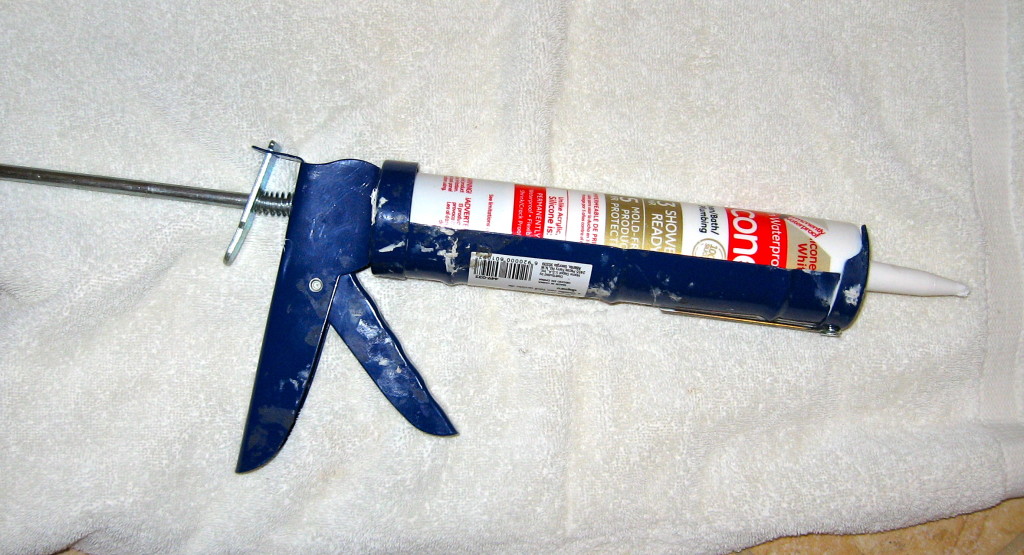Oneida Dust Deputy Review
Oneida Dust Deputy Review. As mentioned in my previous post on the Home Depot Ridgid 14 gallon shop vac, it is great except for the filter clogging rapidly. I needed a way to pre-filter the air. I decide upon hooking up an Oneida Dust Deputy to my Ridgid Wet/Dry Vacuum. This dust separator was the solution. Their are […]
Oneida Dust Deputy Review Read More »

